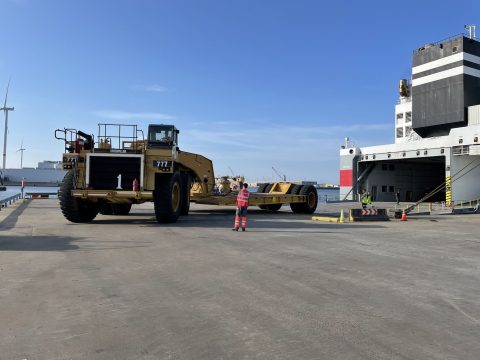
ICO expanding outside traditional customer base as RoRo grabs more project cargo attention
Photo source: ICO
A strong shift from container and conventional shipments to shipments via RoRo, has played right into the hands of ICO Terminals that has start building its name outside its regular customer base, which has mostly been the automotive industry.
Want to read more?
You have read all of your free premium articles for this month. Please become a subscriber to keep reading.
Subscribe now!
Take advantage of our exclusive offer to get full access to all premium content.




